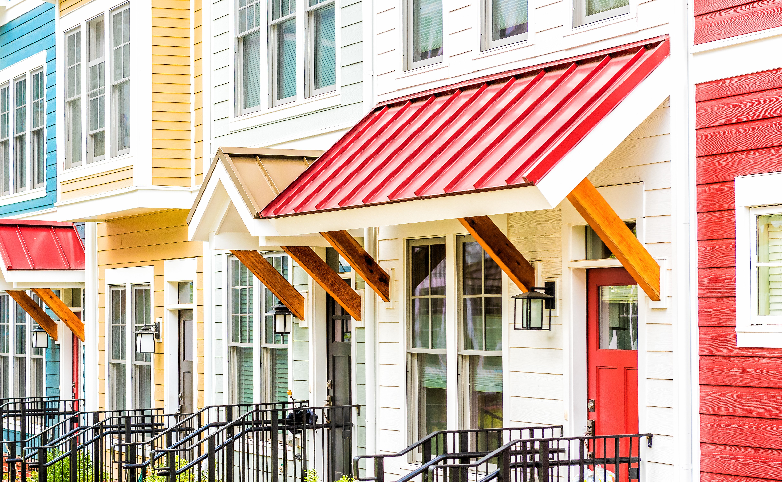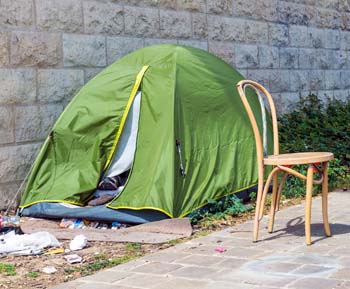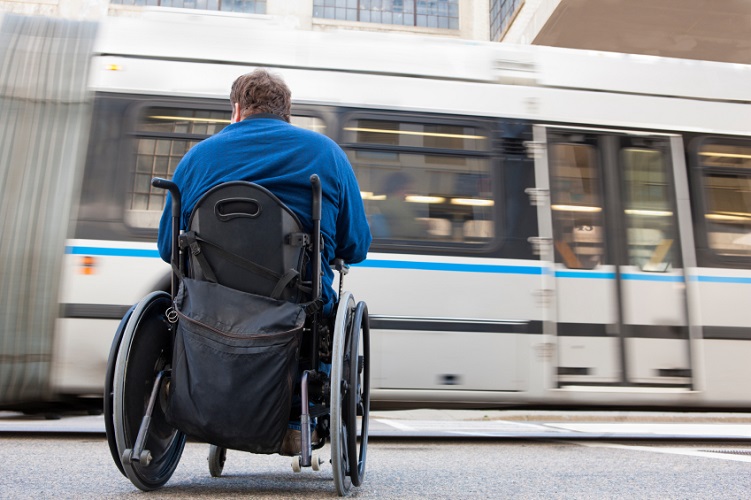Homeless and Housing Offices and Programs

Commerce Offices and Programs do not provide direct assistance to people, we provide funding to local governments and non-profits who deliver the services in their communities. loans to county governments and nonprofits that provide assistance locally.
Offices and Programs

Office of Family and Adult Homelessness
The Office of Family and Adult Homelessness (OFAH) supports homeless crisis response systems and best practices that efficiently reduce the number of people living outside.

Office of Homeless Youth
Every night, thousands of homeless youth in Washington go to sleep without the safety, stability, and support of a family or home. Our office leads statewide efforts to reduce and prevent youth homelessness through five priority service areas.

Office of Apple Health and Homes & Permanent Supportive Housing
The Office of Apple Health and Homes & Permanent Supportive Housing is tasked with coordinating with other state agencies to expand the availability of supportive housing for persons with mental health conditions, substance use disorders, or persons who have experienced or are at risk of homelessness.

Homeless System Performance
Washington State Homeless System Performance Reports provide information on critical homeless system performance measures, including several HEARTH Homeless System Performance Measures. The Homeless System Performance Reports also provide other contextual information about a community’s homeless crisis response system.

Homeless Management Information Systems (HMIS)
State and federally-funded homeless and housing service providers use HMIS to collect and manage data gathered while providing housing assistance to people already experiencing homelessness and households at risk of losing their housing.

Annual Point in Time Count
The Homelessness Housing and Assistance Act requires each county to conduct an annual one-day survey of people without permanent housing - both sheltered and unsheltered.

Continuum of Care
Continuum of Care is a U.S. Department of Housing and Urban Development (HUD) Program to promote community-wide commitment and support to end homelessness. It provides grants to nonprofit agencies, state and local governments through an annual competition. Commerce works with 34 counties represented in the Balance of Washington State Continuum of Care Homeless Steering Committee to submit a consolidated funding application.

Housing Division Grantee Training
The Department of Commerce Housing Division provides tools to grantees to ensure quality services. By prioritizing grantees’ competency through specialized training, we aim to strengthen communities' responses to homelessness, promoting housing stability, and improving the overall well-being of vulnerable populations across Washington.
Resources
Homelessness in Washington
Why is homelessness increasing? Homelessness has increased in Washington since 2013 due to multiple factors, but overwhelmingly because growing rents are pushing people living at the margins into homelessness.
- Why homelessness in Washington has been increasing since 2013 (PDF)
- Counts of Homelessness: Different Counts and What They Mean (PDF)
- Drivers of Homelessness in Washington state (on YouTube)
Understanding youth homelessness: Learn about prevention of Learn about prevention of youth homelessness efforts.
Strategic Plan, Reports and Audits
Program links
- Housing Trust Fund
- Coordinated Entry
- Continuum of Care Program
- Foundational Community Supports
- Landlord Fund Programs
- Consolidated Homeless Grant
- Emergency Solutions Grant (ESG)
- Tenant-Based Rental Assistance (TBRA)
- HUD Section 811 Rental Assistance
- Homeless Student Stability Program (HSSP)
- Office of Homeless Youth
- Prevention of Youth Homelessness
- Treasury Rent Assistance Program (T-RAP)
